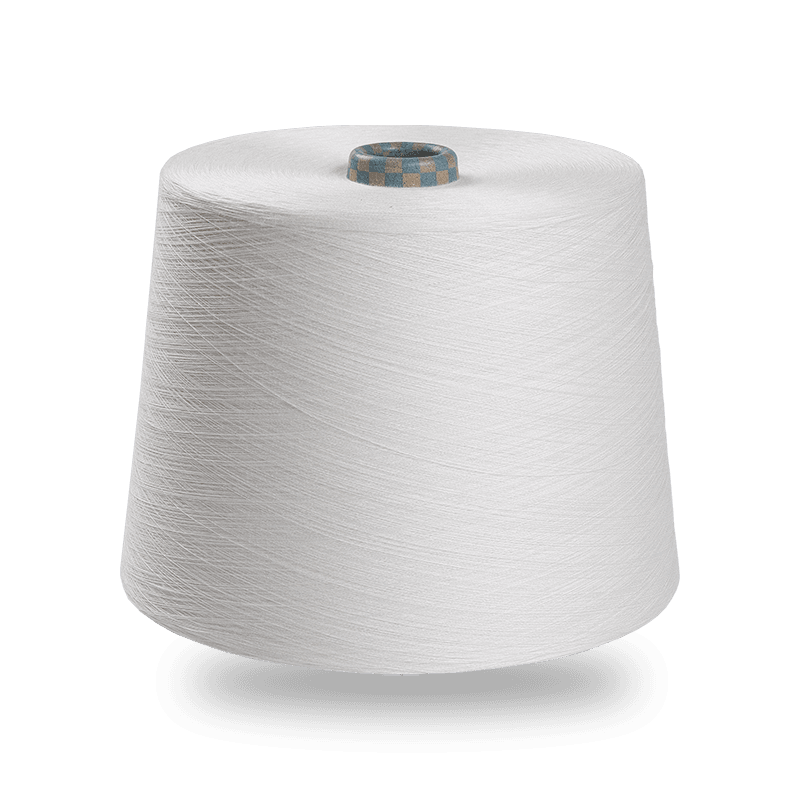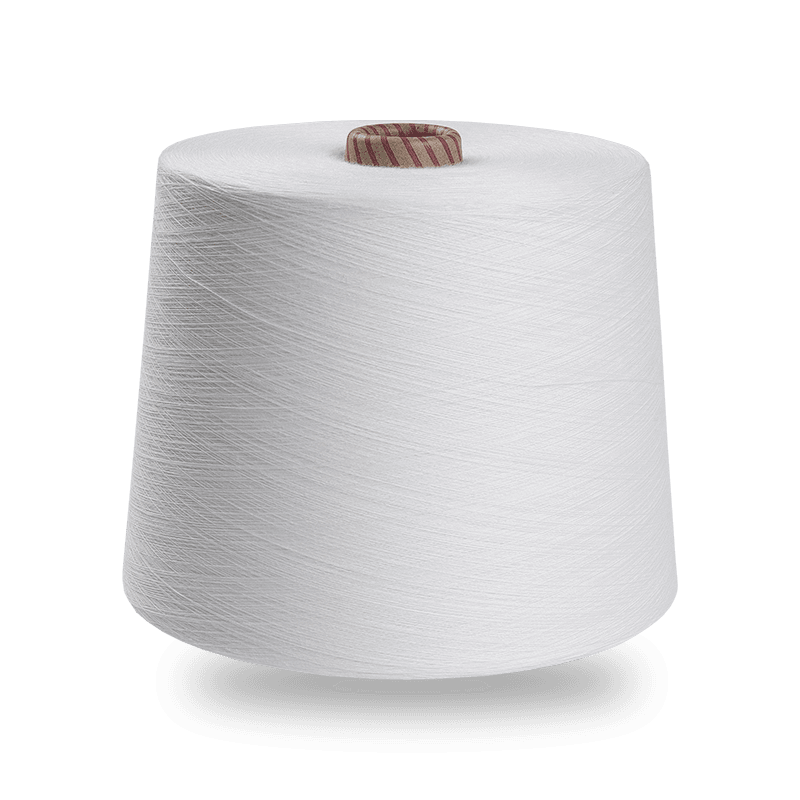When producing fabrics for products like bed linens and towels, one of the most crucial qualities is moisture absorption and drying speed. These properties are especially important because such items need to quickly soak up moisture and dry efficiently for practical everyday use. Ring spun yarn, known for its superior smoothness and strength, offers significant advantages in this area, but the yarn’s performance can be further optimized with careful consideration of material choice, yarn structure, and finishing processes.
Ring spun yarns, which are produced using a traditional spinning method that twists fibers together to create a strong, durable thread, inherently offer a smooth surface and high strength. These properties contribute to the yarn's ability to maintain its integrity under frequent use, washing, and drying. For towels and bed linens, ring spun yarn is often preferred over other spinning methods due to its ability to create a fine, even yarn with minimal hairiness, which reduces the risk of snagging or wear. The smoothness of the yarn allows for a more compact and tightly woven fabric, which is essential for achieving excellent moisture absorption.
However, while ring spun yarn provides a solid foundation for absorbency, further optimization can be achieved by selecting the right raw materials and adjusting the yarn’s twist. The choice of fiber plays a crucial role in how effectively the yarn will absorb moisture. Natural fibers like cotton, often used in combination with viscose or other cellulose-based fibers, are highly effective at absorbing moisture due to their hygroscopic nature. Blending cotton with viscose in a ring spun yarn increases its moisture-absorbing capacity while maintaining softness and strength. Viscose, in particular, has an excellent moisture-wicking ability, making it a great choice for towel and bed linen products.
In terms of the yarn’s twist, the twist level can significantly impact moisture absorption and drying time. A high twist ring spun yarn will result in a smoother, denser fabric, which may slow down drying times but enhances absorbency. On the other hand, a lower twist can produce a fluffier fabric that holds more air within its structure, increasing the rate at which moisture is absorbed and allowing the fabric to dry faster. The balance between twist and yarn count—typically in the range of 20S to 60S for towel and bedding fabrics—needs to be carefully managed to achieve the optimal balance of absorbency and drying efficiency.

The process doesn't end with yarn creation; it continues through the finishing stages, which are crucial for maximizing moisture absorption and drying speed. After spinning, towels and bed linens undergo a variety of treatments, such as mercerization or enzyme washing, which can further enhance the fibers' ability to absorb moisture. Mercerization, for instance, can increase the fabric’s ability to absorb moisture while also adding to its strength and luster. Enzyme washing, commonly used for cotton-based fabrics, helps to remove any residual impurities and smoothens the yarn surface, allowing for improved water retention and quicker drying times.
Additionally, the fabric's construction plays a role in moisture management. Towels and bed linens made from ring spun yarn benefit from a higher pile or a terry cloth construction, which creates small loops in the fabric that can trap moisture and release it more quickly during drying. These loops also help with the softness and plushness of the fabric, making them ideal for skin contact, whether it’s after a shower or while sleeping. The combination of ring spun yarn with a well-designed weave or knit pattern ensures that the fabric remains absorbent and dries efficiently, offering the best performance for consumer needs.
The use of advanced machinery, such as Japan’s Murata winding machines, further ensures that ring spun yarns are produced to the highest standards of consistency and quality. These machines allow for precise control over yarn characteristics like twist, diameter, and strength, ensuring that the yarn retains its moisture-absorbing properties even after repeated washings. Moreover, the smoothness of the yarn reduces the risk of fraying or fuzzing, which could impair the fabric’s performance over time.


 English
English 中文简体
中文简体 Español
Español عربى
عربى











